Author: Will Phillips
-

Site Migration Begins!
Consolidating the Facebook page, the stopgap Resources microsite, and the top-level RenaissanceNetherlands.com domain
-
Common Names for the Low Countries
That part of Northwestern Europe forming the deltas and hinterlands of the Rhine, Meuse, and Scheldt rivers has been known by many names. And for many Americans, the term “Low Countries” itself is not well known or understood. This multiplication of terms, names, and labels has had the unfortunate side effect of confusing many would-be…
-
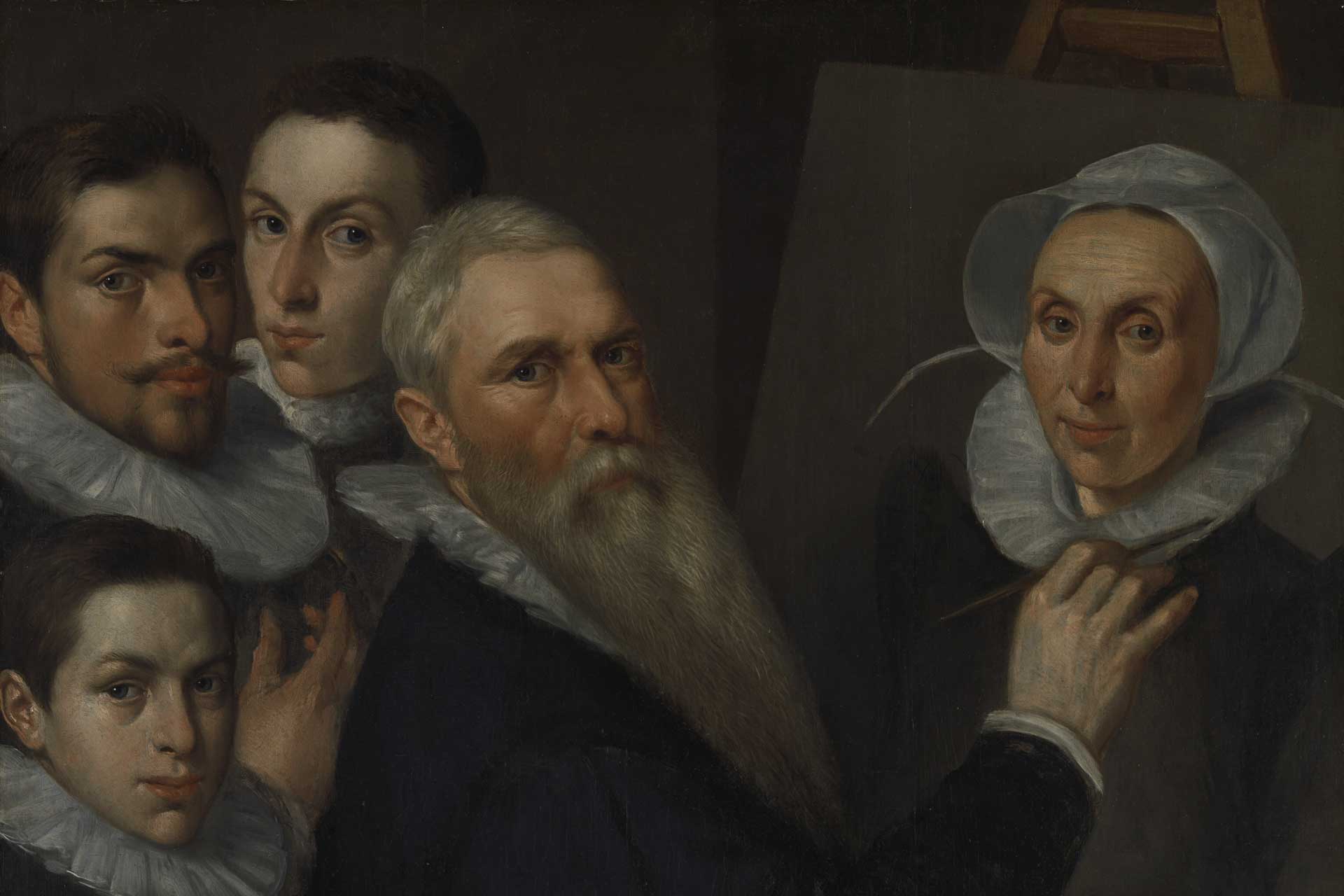
Artists, Scholars, & Cultural Figures of the Renaissance Netherlands
Though the ongoing conflict of the Dutch Revolt disrupted lives and ravaged both the urban center and rural countryside, the lively spirits of Renaissance creativity and Humanist scholarship remained present across the Low Countries.
-
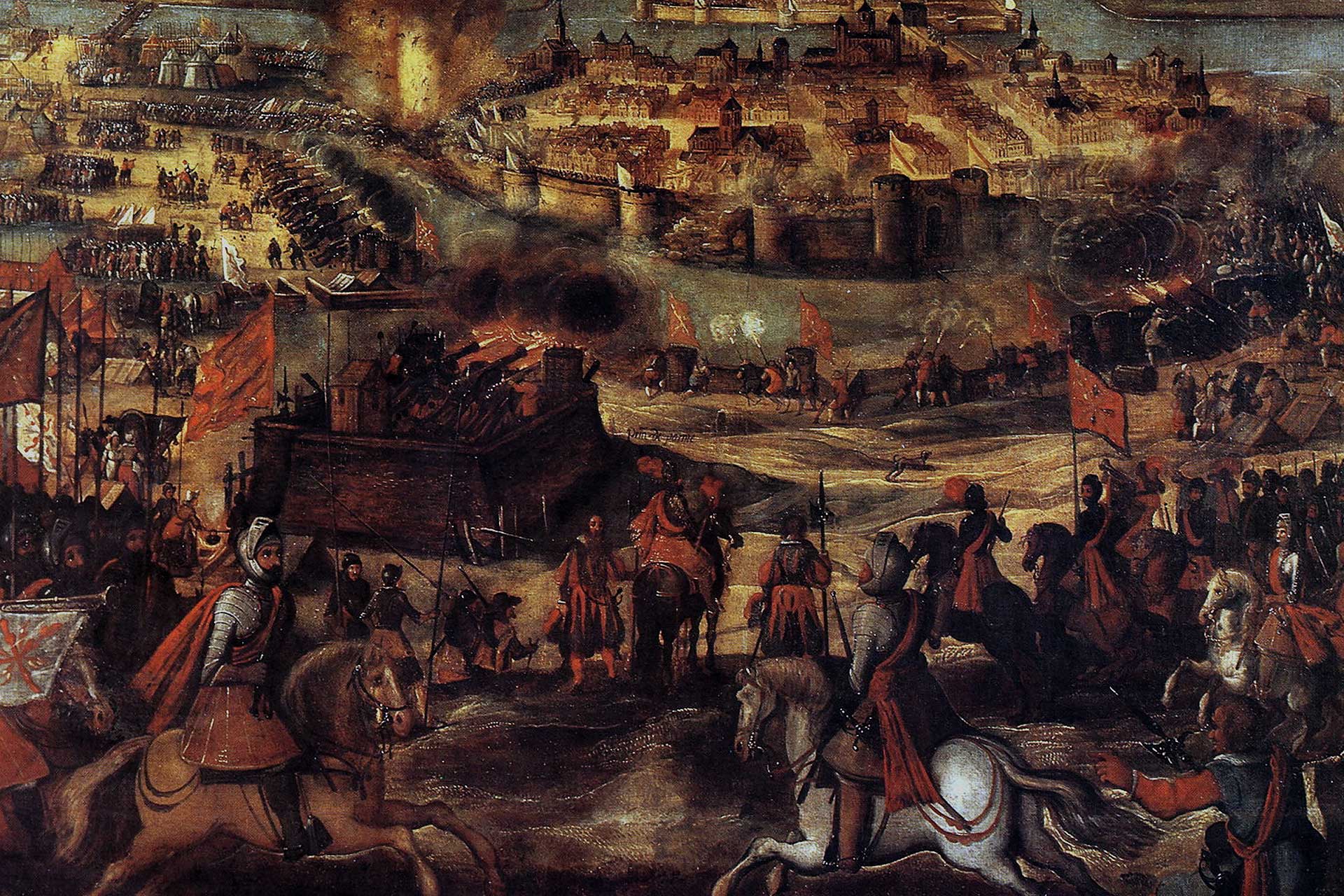
Malcontents & Royalists
The Dutch Revolt was not nearly as much an invasion by the Habsburgs as it was at first a civil war between Royalists and a small set of independently-minded provinces and cities. Among those Royalists were the “Malcontents” – former rebels whose Catholic faith brought them back to the king when the Calvinist faction rose…
-
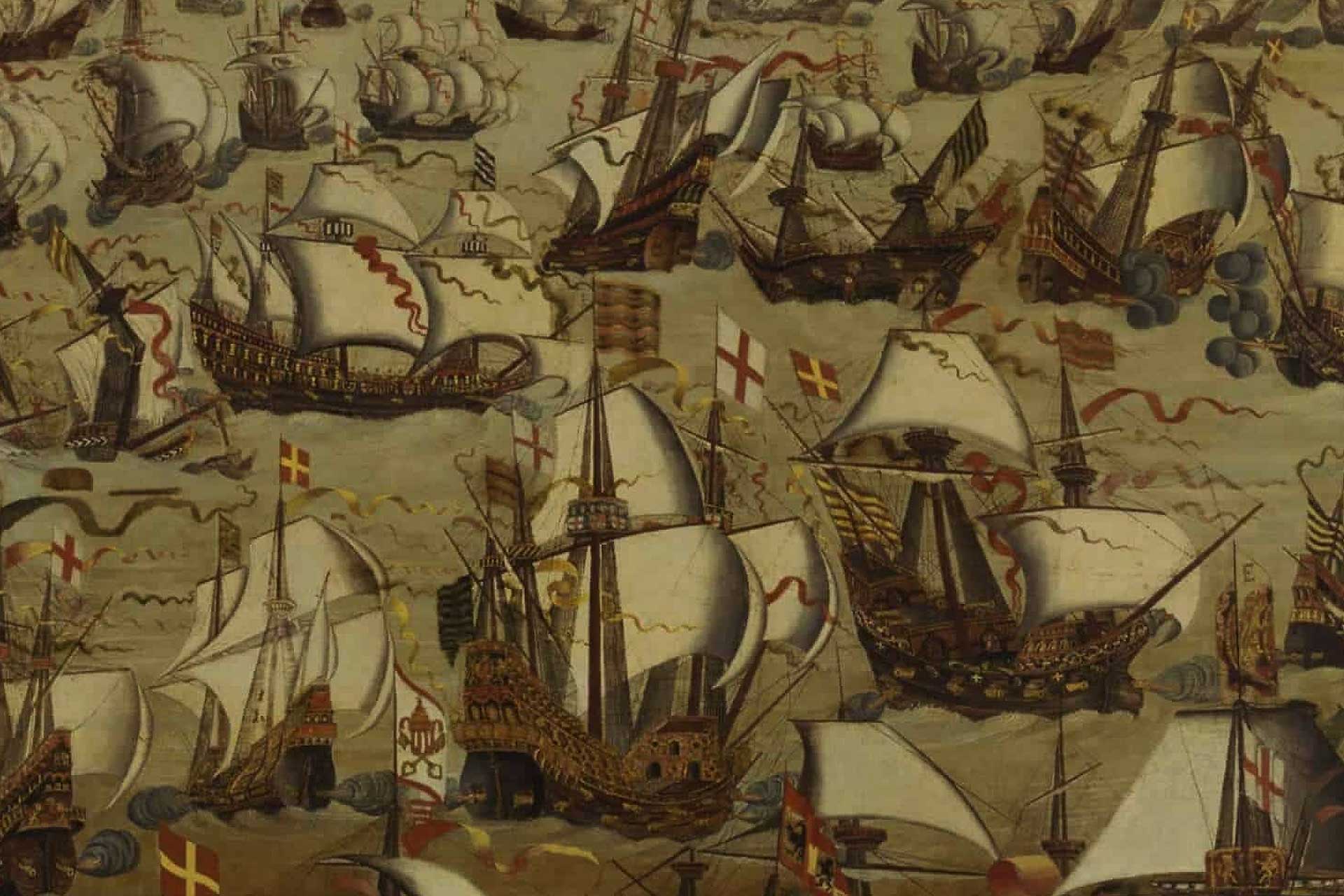
Protestant Allies of the Dutch
The Dutch rebels were able to keep up the fight against the Habsburgs and Royalists in large part due to international support from other Protestant (and moderate Catholic) powers, including the towering historical presence of Elizabeth I of England.
-
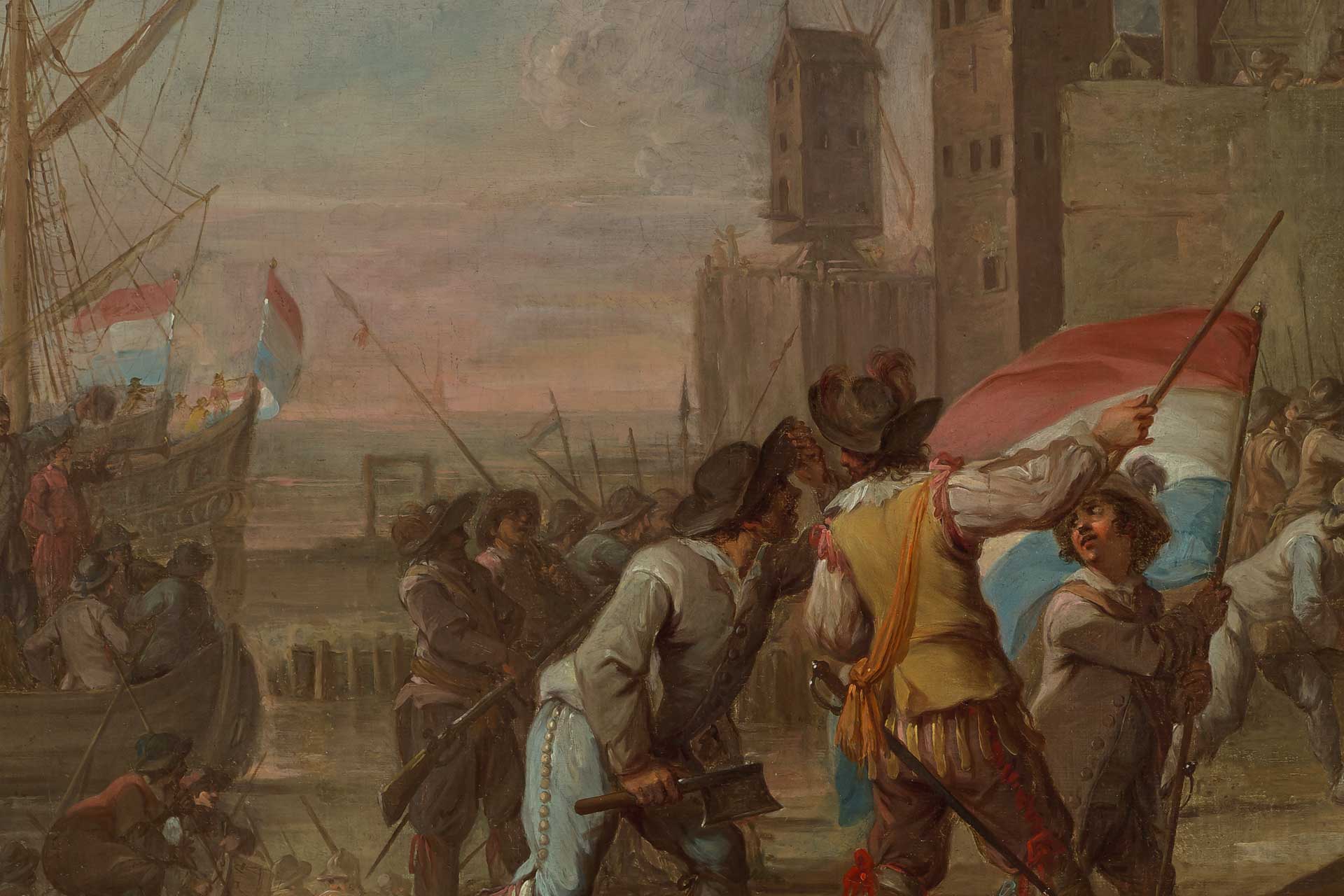
Rebel Geuzen & Dutch Statesmen
“Do not be troubled, my Lady! These are just a bunch of… beggars.” The epithet of geuzen (Dutch for “beggar”) was first hurled at noblemen protesting the policies of Philip II, but it quickly became a patriotic, highly political point of pride for the rebels who would fight to form the early Dutch Republic.
-
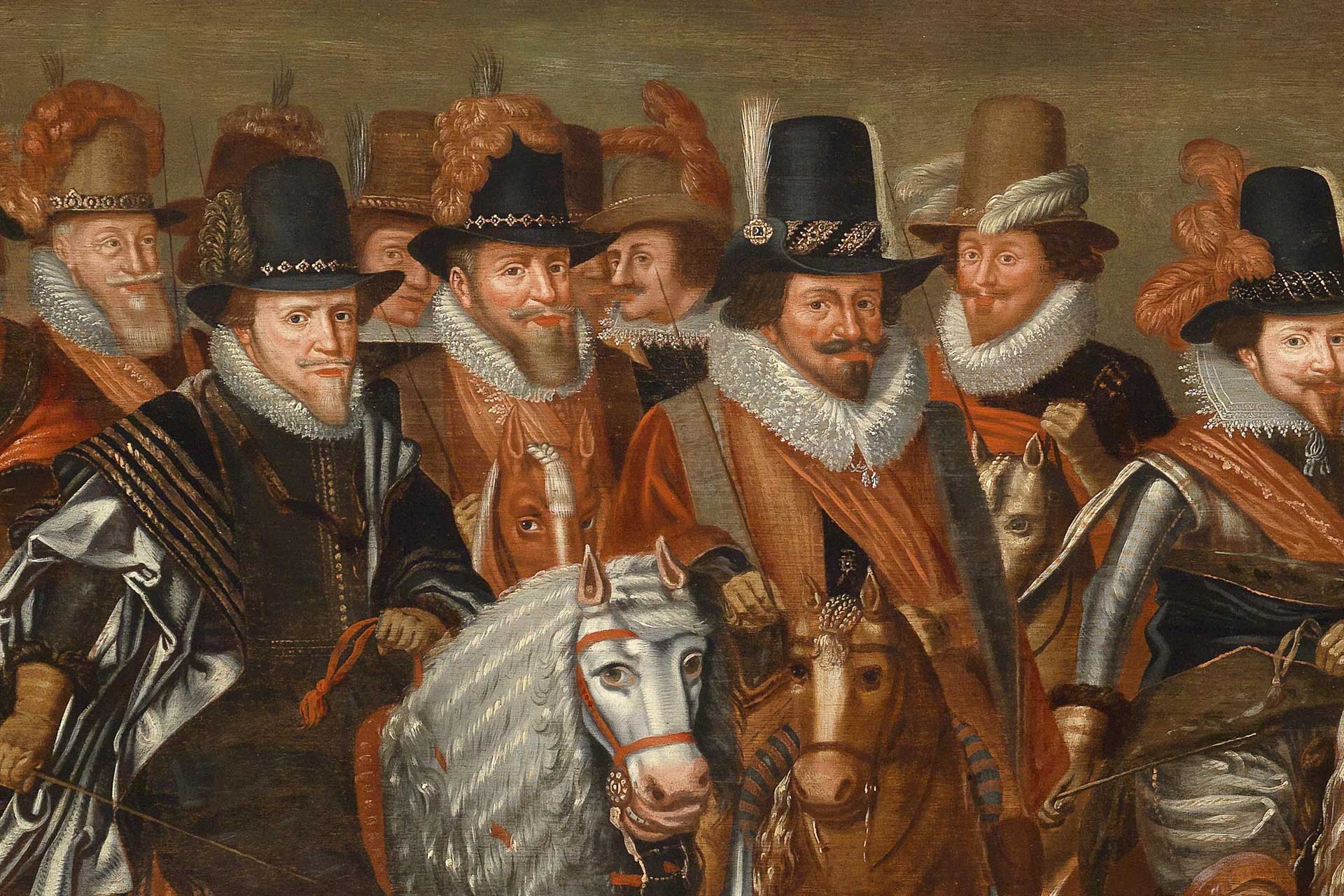
The House of Orange-Nassau
Originally a German noble family with holdings in the Low Countries, the Nassaus rose to singular prominence and influence through the actions of William “the Silent” and his brothers – of whom four out of the five would be killed in the first decades of the Dutch Revolt.
-
Armorials & Wapenboeken
Collections of sixteenth century heraldry native to the Low Countries – or including significant numbers of heraldic arms from the region Extant Low Countries Armorials Listed in chronological order, beginning in the late 15th century and continuing through the mid 17th century. 1490 – Nassau-Vianden Armorial: Rather than displaying the heraldic arms of a specific…
-
For Reenactors & Living Historians
References, merchants, and historical costumers for those interested in portraying the “long sixteenth century.” This is a wildly incomplete list and will be continuing to grow. Inclusion in this list does not imply endorsement. Historical Costuming Communities The “Bees” of the Elizabethan Costume group on Facebook: Likely the largest and most active historical costuming group…
-
Museums & Archives
Museums and archives of note across the Netherlands, Belgium, Luxembourg, and other regions with historic ties to the Low Countries. (This particular list is very much a work in progress.) Museums Rijksmuseum (EN/NL, Amsterdam): Dutch national museum dedicated to arts and history. Haags Historisch Museum (NL, The Hague): History of The Hague displayed in art,…